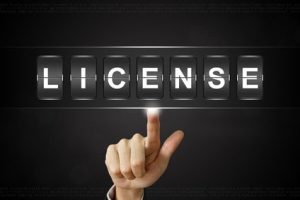
Many who create a licensing agreement will opt out of including a definitions section because both parties are fluent in legal terms or the terms granted by the field that the agreement is to be used in. It is rare to find a short agreement with a definitions section. Therefore, anyone interested in a licensing agreement should understand the terms or consult with an attorney to help them understand.
The People Responsible for the Agreement
The people who are responsible for creating, signing, and upholding the licensing agreement are considered to be parties. They can also be considered the Licensee and Licensor. They are both equally responsible for understanding the document before signing or agreeing to sign.
The person or people responsible for creating the document or licensing agreement will also be responsible for including “Whereas Clauses.” These are guides to what the licensing agreement is all about. It can include negotiations and other know-how information. These clauses are very important as they help to determine the basic terms of the agreement and what to expect.
Term of Agreement, Grants, Restrictions, and More
These sections in a licensing agreement are very important. The term of agreement describes the stipulations of the agreement. This can include the effective date, or date that the agreement goes into effect, the length of time as agreed upon by both parties and the date that the agreement stops. It can also include the lifespan of a patent or intellectual property until an event takes place in the future.
Grants and restrictions can include several sections as it covers a wide range of topics for the agreement. Rights granted include whether the license is giving patent rights only, know-how rights, or possibly both. The licensor would have the option of co-exclusive, exclusive, or nonexclusive rights. This section is actually set up to be amended, or altered, in the event that the rights were to change. The license restrictions contain information regarding which field the licenses cover along with the territory and any prior rights to the licensee. It also includes commercial rights that the licensor will retain.
Many of these terms can be easily figured out. There are several more throughout an agreement that should be researched. Even though you may think that you understand what each of these terms mean, contacting a legal representative to help explain them to you might be ideal.

